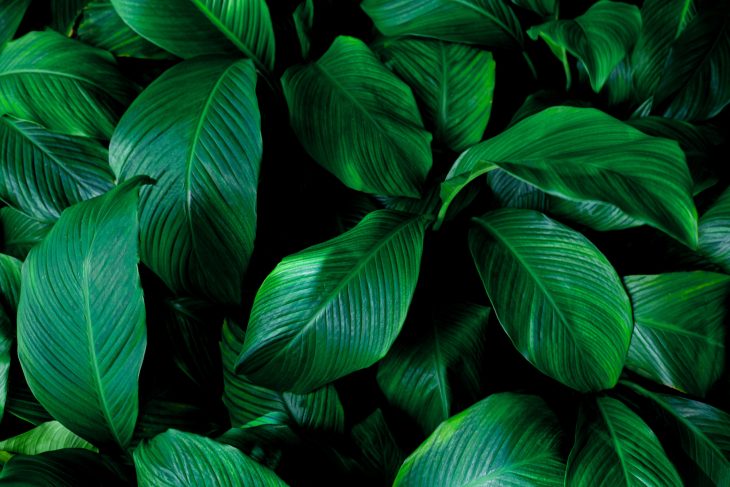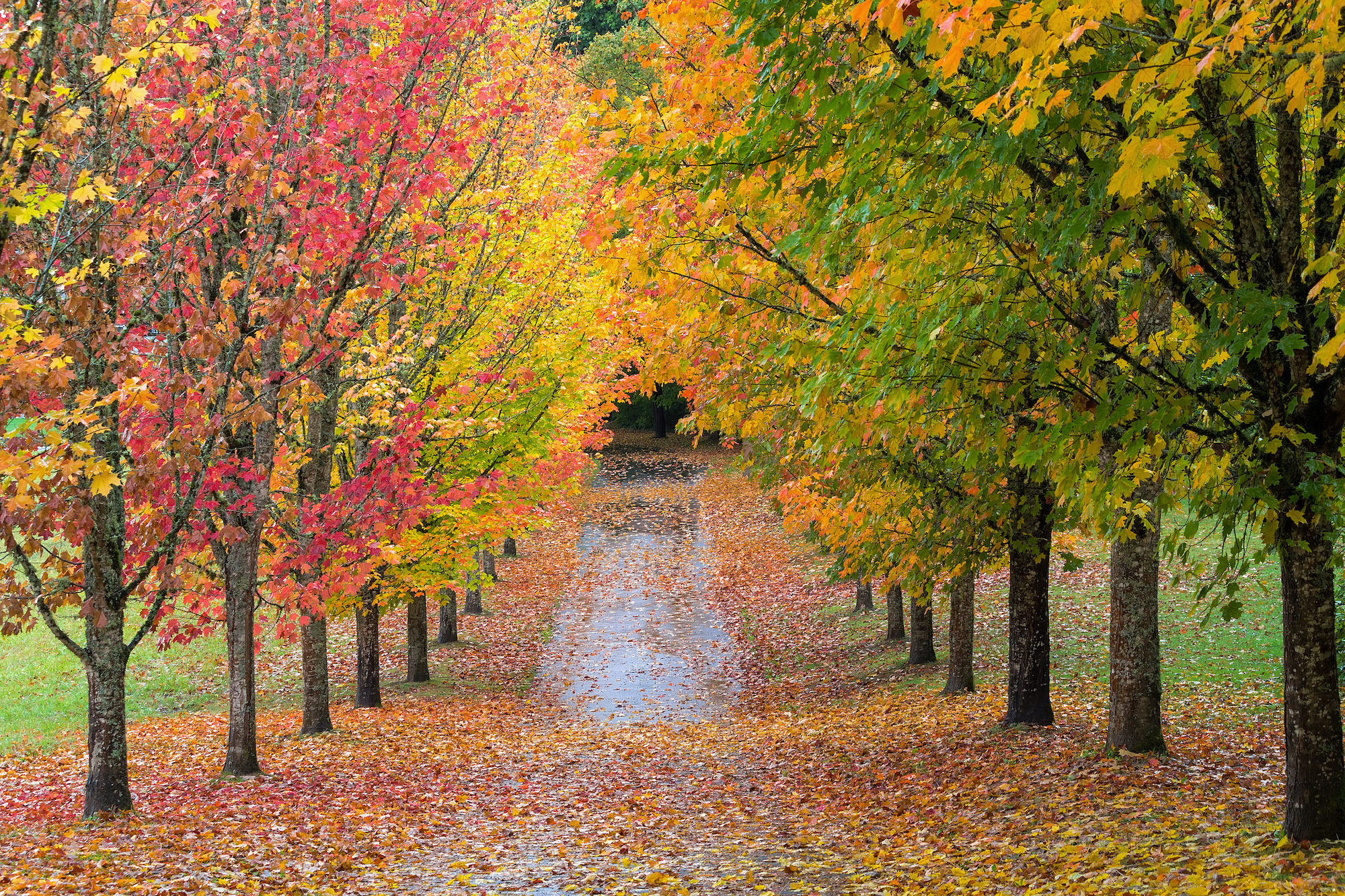
Leaves are often overlooked, taken for granted as mere extensions of trees and plants. However, these remarkable structures play a vital role in the world of botany and hold numerous secrets waiting to be unraveled. In this article, we will embark on a journey to explore 11 fascinating facts about leaves, shedding light on their extraordinary characteristics, functions, and astonishing diversity.
Leaves: Nature’s Solar Panels
Leaves are a plant’s solar panels, capturing sunlight through a process called photosynthesis. Chlorophyll, the pigment responsible for a leaf’s green color, harnesses light energy to convert carbon dioxide and water into glucose and oxygen. This magical transformation powers the growth and sustenance of plants, while simultaneously releasing life-giving oxygen into the atmosphere.
Leaf Shapes: Nature’s Endless Creativity
Have you ever marveled at the breathtaking variety of leaf shapes? From the delicate lacework of fern fronds to the broad, sturdy blades of banana leaves, nature showcases an impressive range of leaf designs. Each shape is adapted to fulfill specific functions, such as maximizing sunlight absorption or minimizing water loss.
Fall Foliage: Nature’s Spectacular Artistry
As autumn arrives, leaves treat us to a visual feast of vibrant colors. The green chlorophyll begins to break down, revealing other pigments such as carotenoids and anthocyanins. These compounds create the stunning palette of reds, oranges, yellows, and purples that adorn the trees during the fall, captivating our senses and reminding us of nature’s ever-changing beauty.

The Largest Leaf on Earth: Awe-Inspiring Giants
The tropics hide one of nature’s most impressive wonders—the giant Amazon water lily (Victoria amazonica). With leaves spanning up to 10 feet in diameter, these colossal structures can support the weight of a small child. Observing these aquatic giants floating serenely on the water’s surface is an unforgettable experience.
Leaf Movements: Dancing with the Sun
Some plants showcase extraordinary leaf movements, adapting to maximize their sun exposure. The leaves of the sensitive plant (Mimosa pudica) respond to touch, promptly folding inward and drooping when disturbed. Meanwhile, the sunflower follows the sun’s path, an adaptation called heliotropism, ensuring its leaves receive ample light throughout the day.
The Smallest Leaf: A Marvel of Miniature Nature
While giant leaves inspire awe, the world’s smallest leaf demands equal admiration. The Wolffia genus, comprising tiny aquatic plants, boasts leaves that are barely visible to the naked eye. These miniature wonders demonstrate the astonishing diversity and adaptability found within the plant kingdom.
Leaf-Cutters: Nature’s Gardeners
Leaf-cutter ants, remarkable insects found in tropical regions, exhibit extraordinary leaf-modifying behavior. They meticulously cut leaf fragments and carry them back to their nests. The ants then use these leaves as a substrate for cultivating fungus, their primary source of nutrition. These dedicated “gardeners” demonstrate the intricate relationships that exist within ecosystems.
Medicinal Leaves: Nature’s Pharmacy
For centuries, leaves have been used in traditional medicine to treat various ailments. Plants like aloe vera, tea tree, and eucalyptus possess leaves with medicinal properties. Aloe vera leaves, for example, contain a gel with soothing and healing properties, making it a popular natural remedy for skin conditions.

Edible Leaves: A Nutritious Delight
Leaves aren’t just visually appealing; they can also be delicious and nutritious. From spinach and kale to basil and mint, countless edible leaves enhance the flavor and nutritional value of our meals. Adding these vibrant greens to our diet offers a wealth of vitamins, minerals, and antioxidants, promoting overall health and well-being.
Leaf Camouflage: Masters of Disguise
Some leaves have evolved remarkable camouflage adaptations to blend seamlessly with their surroundings. For instance, the dead-leaf butterfly (Kallima) boasts wings that resemble dried leaves, providing exceptional camouflage against predators. These ingenious strategies demonstrate the evolutionary creativity of nature.
Leaf Messages: Nature’s Silent Communicators
Leaves often convey important messages about a plant’s health, nutritional status, and environmental conditions. Yellowing leaves may signal nutrient deficiencies, while brown, withered leaves can indicate drought stress. By keenly observing a plant’s leaves, gardeners and botanists can glean valuable insights into its well-being.
Conclusion
Leaves, often underappreciated, possess a wealth of captivating secrets. From their role as nature’s solar panels to their stunning diversity, impressive adaptations, and valuable medicinal properties, leaves enrich our world in countless ways. By delving into the intricate world of leaves, we gain a deeper appreciation for the wonders of nature that surround us.
Frequently Asked Questions (FAQs)
Why do leaves change color in the fall?
During autumn, the green chlorophyll in leaves breaks down, revealing other pigments like carotenoids and anthocyanins, resulting in the vibrant fall foliage colors.
What is the purpose of leaf movements in plants?
Leaf movements in plants, such as the sensitive plant and sunflower, help maximize sunlight exposure for photosynthesis and ensure optimal growth.
Which plant has the largest leaf in the world?
The giant Amazon water lily (Victoria amazonica) boasts the largest leaves, spanning up to 10 feet in diameter.
How do leaf-cutter ants use leaves?
Leaf-cutter ants use leaves as a substrate for cultivating fungus, their primary source of nutrition, demonstrating their unique leaf-modifying behavior.
Can leaves provide medicinal benefits?
Yes, certain leaves, like aloe vera, tea tree, and eucalyptus, possess medicinal properties and have been used in traditional medicine for their healing effects.
Experience the marvels of leaves—nature’s green ambassadors—through their extraordinary adaptations, visual splendor, and invaluable contributions to the ecosystem.
Was this page helpful?
Our commitment to delivering trustworthy and engaging content is at the heart of what we do. Each fact on our site is contributed by real users like you, bringing a wealth of diverse insights and information. To ensure the highest standards of accuracy and reliability, our dedicated editors meticulously review each submission. This process guarantees that the facts we share are not only fascinating but also credible. Trust in our commitment to quality and authenticity as you explore and learn with us.


